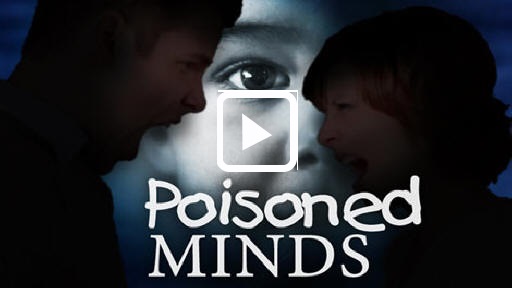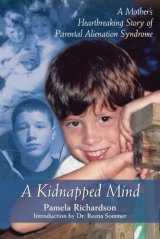![]()
Editorial Page
Let's put Child Day on the map
Canadians must stand up for rights of children
By Rita Karakas, CEO of Save the Children Canada, a child-rights organization. Nov. 20, 2004
Can you tell me what day is Nov. 20? It must be one of our nation's most guarded secrets. Nov. 20 is National Child Day in Canada.
Internationally, it marks the signing of the U.N. Convention on the Rights of the Child on Nov. 20, 1989. Nationally, it provides a forum for Canadians to focus on children's rights.
And yet most Canadians do not know a great deal about the issues facing children. In fact, this was verified in the results of a new national survey of 1,000 Canadians, conducted Nov. 9 to 11, by Save the Children Canada and Ipsos-Reid. The poll quizzed Canadians on their knowledge of basic children's issues for National Child Day. Unfortunately, the average score was 33 per cent.
How many children live in poverty? Only half of Canadians surveyed knew that 14 per cent or one in six Canadian children live below the poverty line. In fact, Canada has the world's second highest rate of child poverty among industrialized countries, second only to the United States.
Despite decades of public policy and countless programs to eliminate its devastating effect, the solution to child poverty continues to elude us. In 1989, Parliament resolved unanimously to eliminate child poverty by the year 2000. Such initiatives as the National Child Benefit, the development of the National Children's Agenda, increases in the child-care expense deduction and a number of early child development initiatives were developed.
How many children have access to regulated child care? Outside Quebec, only 20 per cent of Canadian children that require access in fact have access. For many parents, the cost of childcare is prohibitive. FurtherRead More ..on average, only one space is available for every 10 children. High fees and few spaces translate into high numbers of young children being placed in informal care arrangements that are frequently unstable and of poor quality.
The government provides some assistance through expanded parental leave, the child-care expense deduction and child benefits, and First Nations child-care programs. Yet much needs to be done to give more children access to child care.
Canadians do not know that children in Canada have HIV/AIDS. The reality is that 678 Canadian children under 15 years of age between 1985 and 2002 have tested HIV positive. Although this number is relatively low when compared with international figures, the concern is that without intervention, the rates will increase. The need for public education is further reflected in the large number of women who pass the HIV infection along to their newborns. Of 197 AIDS cases among children (under 18) since 1980, 153 were attributed to prenatal transmission.
Canadians hold the federal government responsible for the lack of progress made to improve the situation of children since 2002. Greater effort must be made to:
- Listen to children and continue to make them partners in achieving the promises made by the Canadian federal government for children, and in monitoring their progress;
- Practise good governance for children by delivering on their promises and commitments;
- Establish a practical and time-bound set of actions to alleviate child poverty;
- Devise a co-ordinated approach to ensure quality early learning and child care is available to all children, regardless of economic or geographic status;
- Develop a comprehensive child care agenda that meets the developmental needs of children and supports their families;
- Eliminate barriers that prevent the implementation of the minimum standards of the U.N. Convention on the Rights of the Child.
As good citizens, it is also our social responsibility to learn more about the real issues facing children today, their rights and the programs being implemented to support them. As demonstrated by the poll, Canadians' lack of understanding of children's issues points to our own accountability. By becoming more aware, we can give governments the direction and moral impetus necessary to ensure children have more effective programs.
Let's put National Child Day on the map as a day to make a fresh start in realizing the rights of children, and to demonstrate our concern. Our future demands it.








